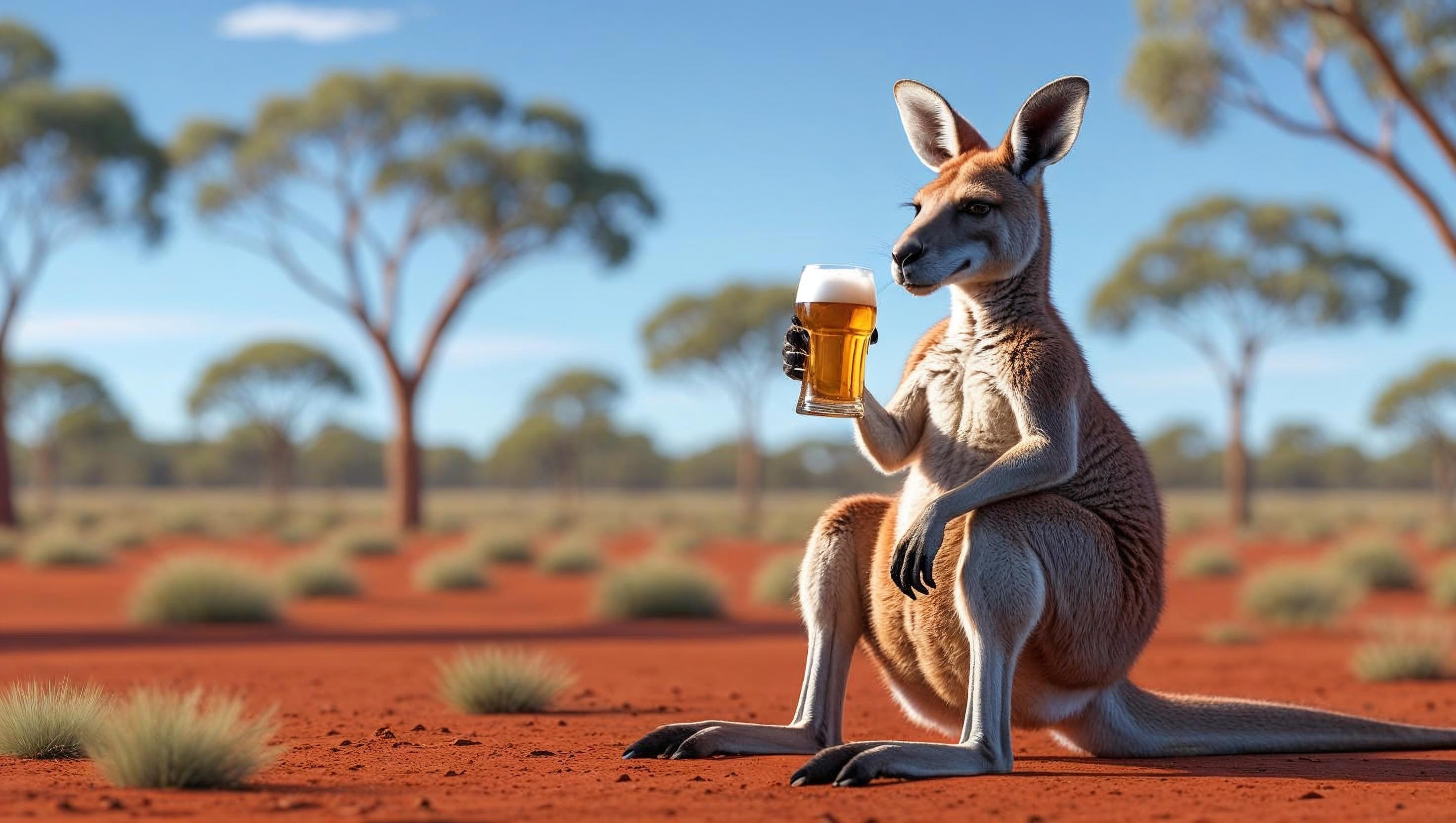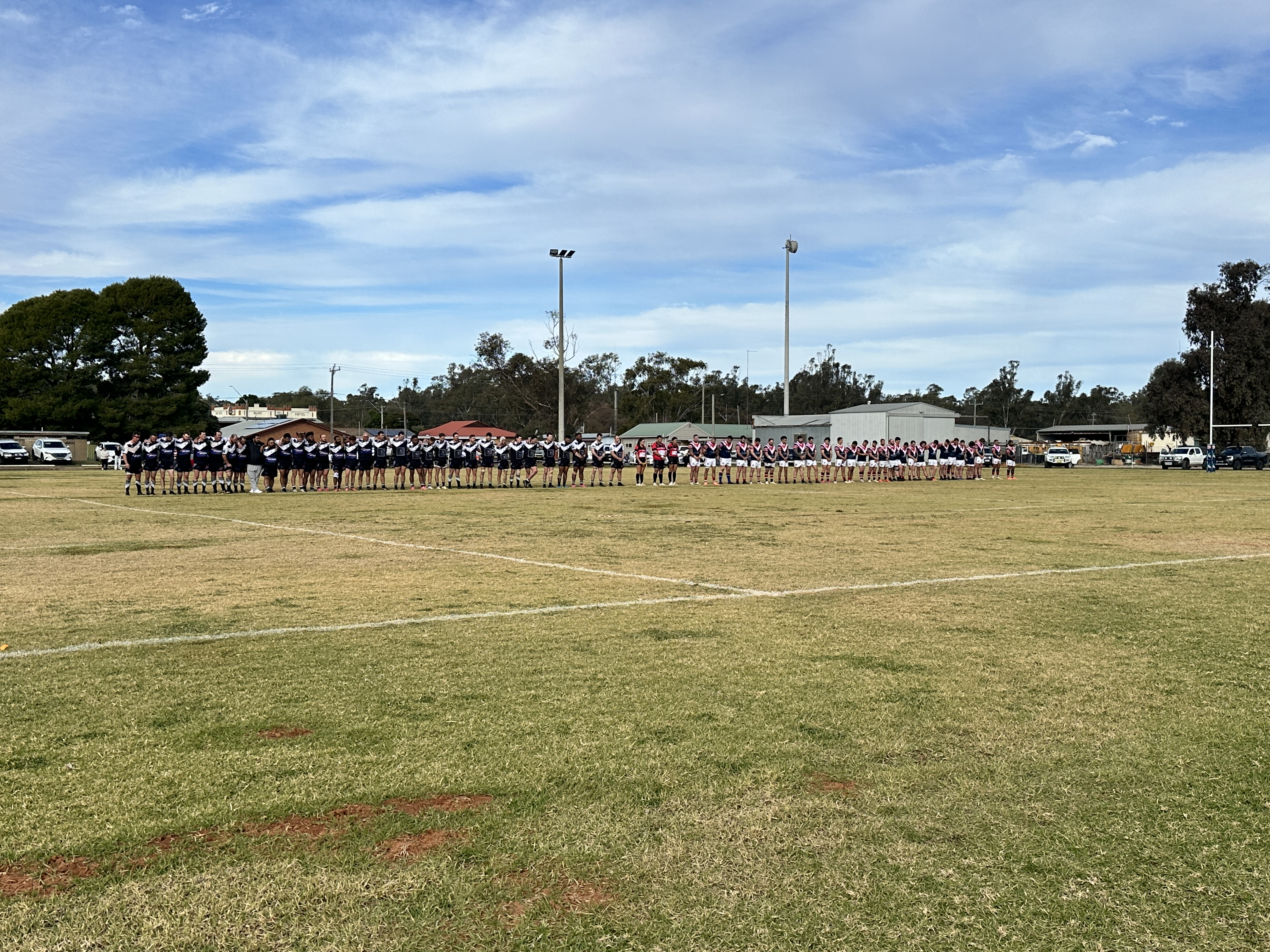Keep an eye out for ‘drunk’ kangaroos
Krista Schade
28 June 2025, 11:00 PM

May to September is when we see a large spike in kangaroos suffering Phalaris staggers.
It's a condition that affects their nervous system.
The most obvious signs for kangaroos with Phalaris staggers can be seen in their behaviour and movements.
Please contact a wildlife rescue organisation if you see a kangaroo that:
• has its head tremoring and bobbing
• has its ears flopped down
• looks "drunk"
Phalaris staggers in kangaroos is caused by a grass introduced in the late 1800s, called Phalaris aquatica.
The dry conditions force kangaroos to come into built-up areas such as nature strips, sports fields, and local parks looking for more food.
Phalaris staggers can appear at any time but is prevalent from late autumn and throughout winter.
Its impact is especially bad after extended dry periods, such as what we’ve had over the last few months.
The dry conditions put stress on the grass, causing the regrowth to increase its toxins as a defence mechanism.
These toxins, which kangaroos haven’t evolved and adapted to, cause Phalaris staggers.
There is no known cure or treatment, but we can help ease their suffering.
If a kangaroo is impaired, when they’re startled, it can get a rush of adrenaline then look fine.
NEWS
SPORT
RURAL
COMMUNITY

















